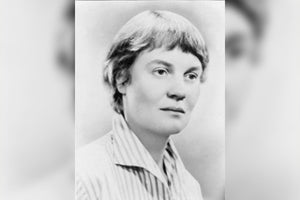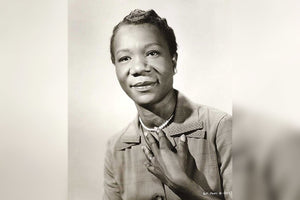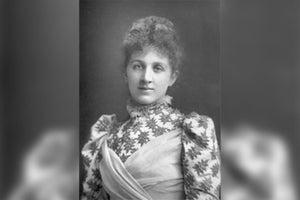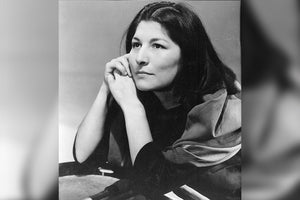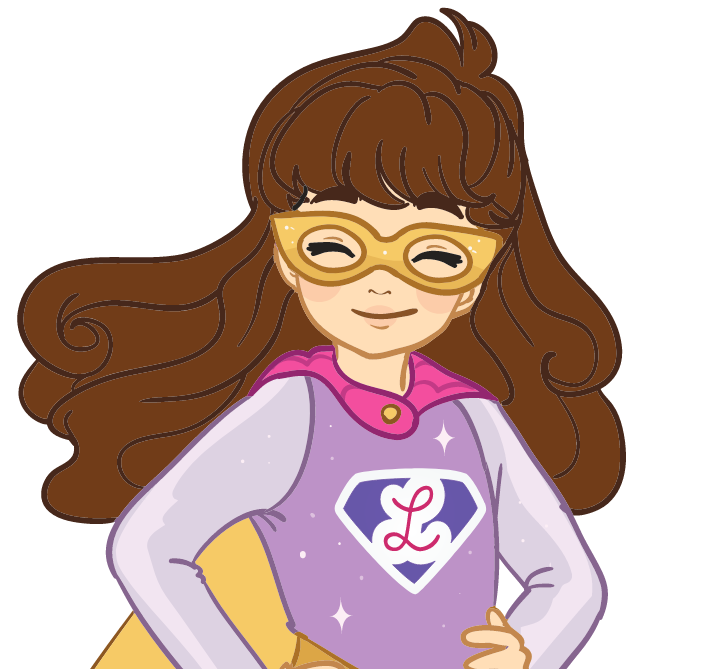Birthday: February 11, 1813
Who is Harriet Jacobs?
Harriet Jacobs was an abolitionist, but she was better known as an African-American writer. She wrote her autobiography entitled "Incidents in the Life of a Slave Girl" under the pseudonym Linda Brent. She also composed letters to the New York Tribunal and also contributed to Family Papers, and became a relief worker to help runaway slaves.
Five Facts about Harriet Jacobs
- Harriet Jacobs was the first woman to write the slave narrative.
- Harriet did not have a formal education. She was taught how to spell, sew, and by Margaret Horniblow, who was her mother's.
- The Incidents in the Life of a Slave Girl highlighted women's experiences as a slave, including accounts of exploitation, sexual abuse and harassment, and violence. One of the earliest works that address gender and race issues.
- She devoted her life to helping runaway slaves and freed people.
- She founded the Jacobs Free School in Alexandria, Virginia.
Harriet Jacobs Biography
Early Life
Harriet was born on February 11, 1813, in Edenton, North Carolina. Her father was Elijah Knox, while her mother was Delilah Horniblow. She also had a brother named John. Due to the laws of that era, the mother's status will be passed onto her children. Since Delilah was a slave, Harriet and John were born into slavery.
When her mother died, she lived with her mother's enslaver, Margaret Horniblow, where she was taught to sew, spell and read. Unfortunately, Margaret died, and she and her brother were later sent to Dr. James Norcom.
Before she became a teenager, Norcom sexually harassed her. During that time, if slaves were to marry, they needed to have their enslaver's consent. Norcom prohibited her from marrying a free black carpenter. After that, she had a consensual relationship with Samuel Tredwell Sawyer and had two children named Joseph and Louise Matilda.
Freedom from Slavery
Because of her continuous refusal of James Norcom's advances, he sent her to work on a plantation. But when her children were being used to blackmail her into submitting to the doctor's advances, she decided to run away so her children won't be sold.
She hid in her friend's house and later in a swamp. While she was hiding, Samuel Sawyer bought their children and sent them to live with their grandmother, a freedwoman.
Her uncle, Mark, prepared a tiny space for her in her grandmother's attic so she could be treated with her snake bite. She spent 7 years in that tiny hole, hiding from her enslavers. She made a tiny opening for her to peek through the outside world. It's also where she would get a glance of her children.
In 1842, one of her uncle's friends found a way for Harriet to escape. They paid a captain to take her to New York.
When she arrived in New York, she found a job as a nurse for the Willis family. To avoid slave hunters, she moved places frequently and returned to New York when things had subsided. To finally have her freedom from enslavers, Cornelia, the second wife of Nathaniel Willis, offered $300 dollars to the slave hunter to free Harriet and her children.
Career
When she arrived in New York, she found a job for the writer Nathaniel Parker Willis. She became his daughter's nurse and continued to do so when his first wife died, and he remarried. When she was emancipated, she continued active in the abolitionist movement.
She was later encouraged by an abolitionist, Amy Post, to write about her experiences. Because some of its contents were considered taboo at that time, she had trouble finding a publisher. Her book, Incidents in the Life of a Slave Girl, was finally published in 1861 through an editor and publisher named Lydia Maria Child, who was also an abolitionist. She continued helping freedpeople, and during the Civil War, she nursed black troops.
Later Life
She was able to reunite with her children after the Civil War. Along with her daughter, she continued to do social work, like providing health care and relief supplies. She also founded the Jacobs Free School, a school operated by black teachers for black students to help children and newly emancipated people learn.
Death and Legacy
On March 7, 1987, she died in Washington D.C. and was later buried next to her brother in Cambridge, Massachusetts. While her book made a significant impact during her time, it was forgotten during the aftermath of the Civil War. It was later reprinted in 1973 after Jean Fagan Yellin rediscovered the book.
Her work is currently taught in schools together with other slave narratives like Running a Thousand Miles for Freedom and by William and Ellen Craft and Frederick and Narrative of the Life of Frederick Douglass, an American Slave.
Harriet's courage and lifelong servitude to end slavery became one of the foundations of the abolitionist movements. She provided hope to anyone who needs it. She used her writing and her voice to help the oppressed.
![]() Fast Shipping
Fast Shipping![]() Subscribe to our Newsletter
Subscribe to our Newsletter![]() 🌟 New Global Competition 🌟
🌟 New Global Competition 🌟











